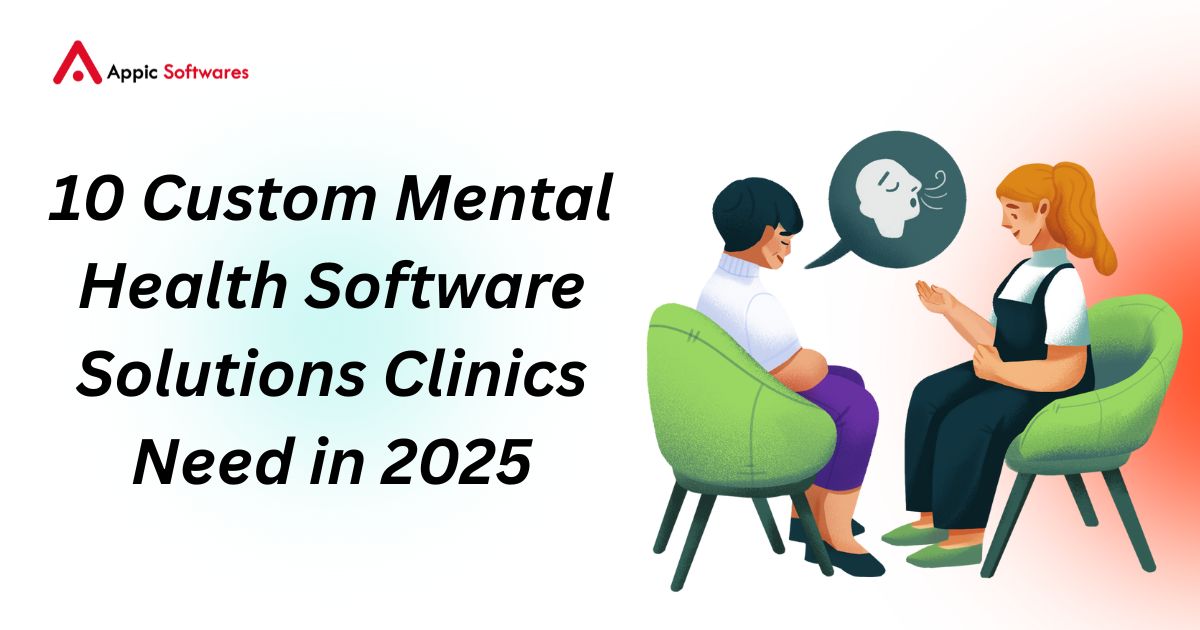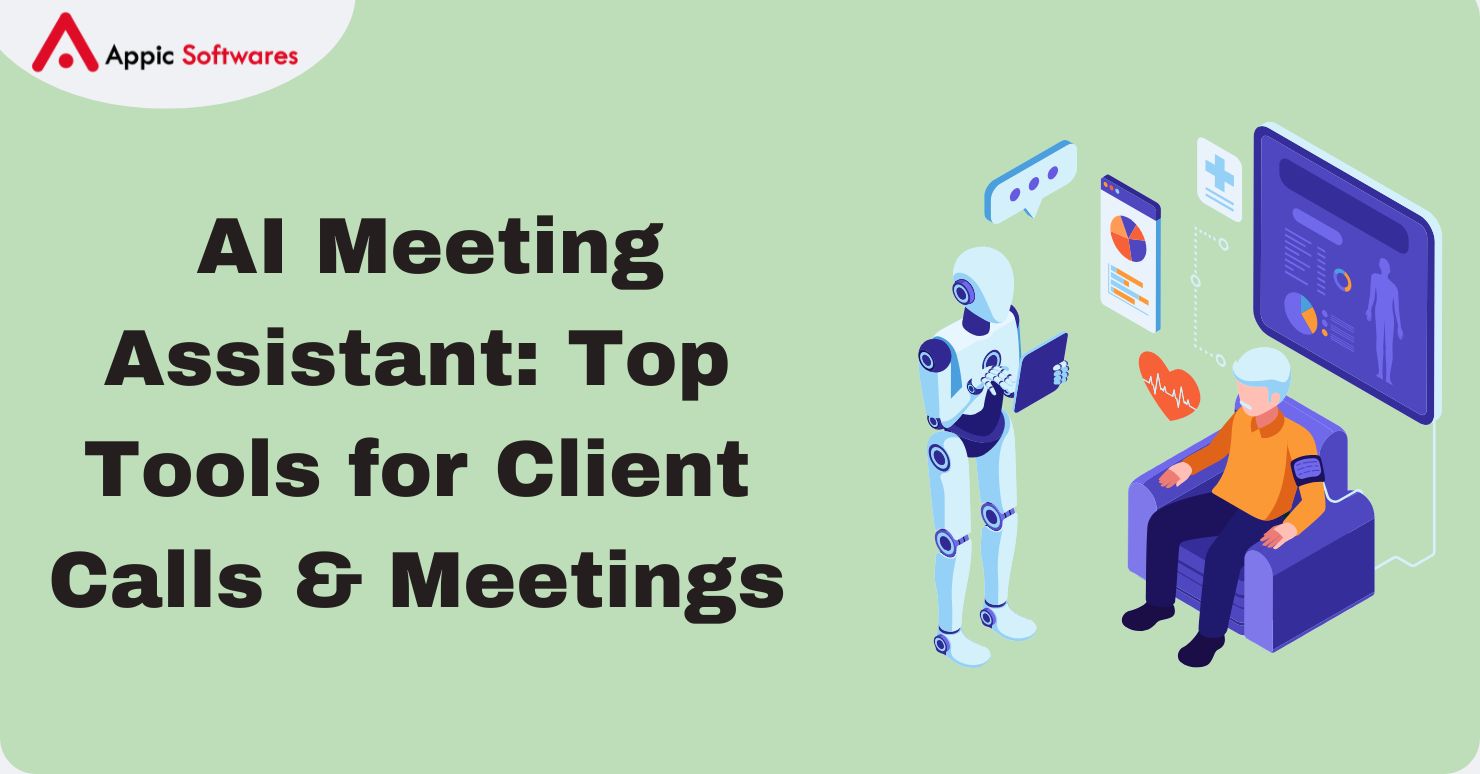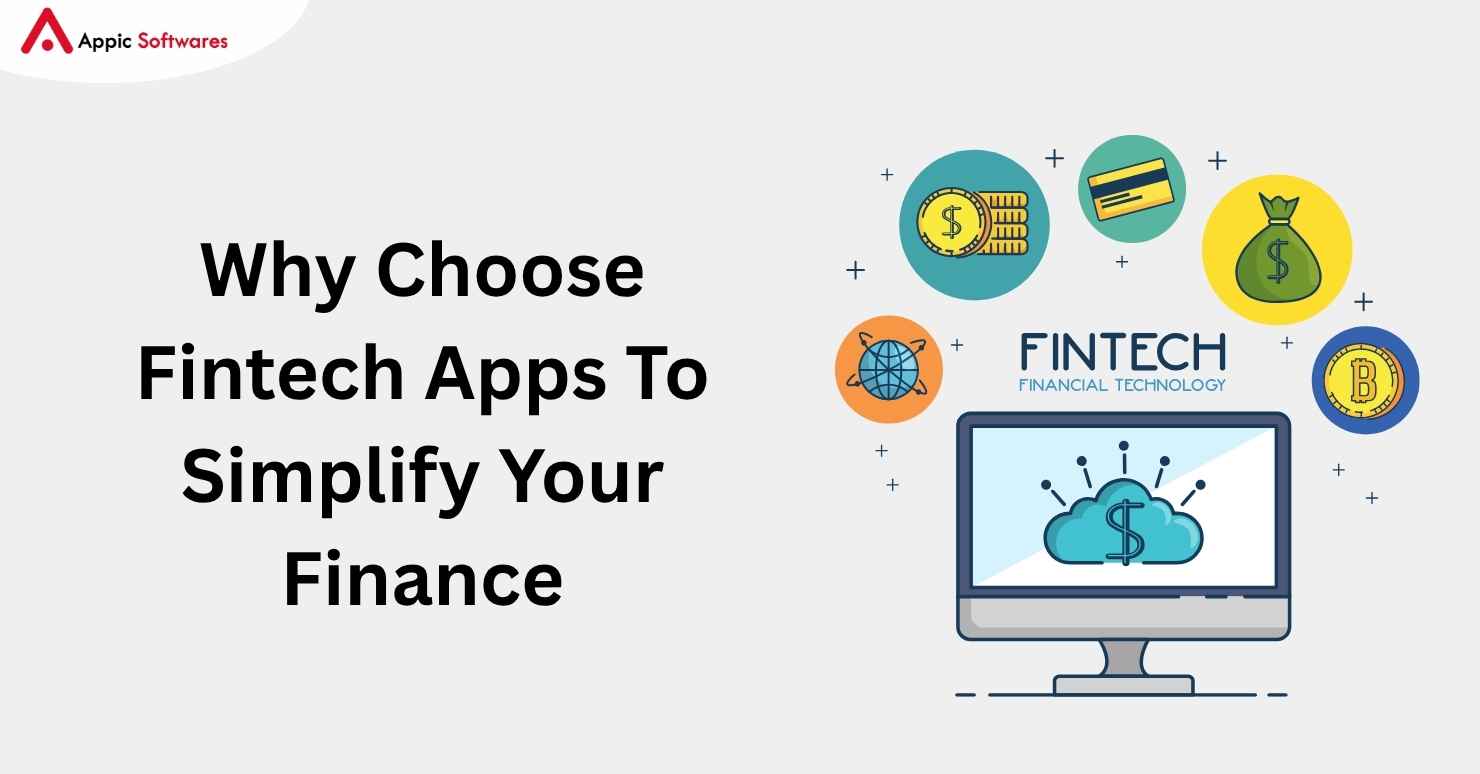Hiring has changed. You once sent out letters and sorted them through heaps of papers, such as newspapers. You invited eligible candidates to appear for an interview. This comes as a result of making decisions blindly in most cases, rather than relying on analyzed and well-made decisions. That was traditional hiring! AI hiring is becoming more common compared to traditional hiring methods. This change began when firms encountered large inflows of resumes. They needed speed, and they needed a fair process. AI recruitment software stepped in. It screens resumes.
This disruption presents a clear fracture between using AI to hire people and using more traditional approaches. 81% of HR directors have investigated or used AI technologies to enhance their procedures and boost productivity in their companies, per a recent Gartner report. It has both the technical aspect of the organization and the social skills aspect. It makes hiring smarter rather than colder.
How Traditional Hiring Falls Short
Recruiting in the conventional manner has various challenges. All these pose a threat in that they delay proceedings and lose good talent. Below are reasons that explain why traditional hiring lacks effectiveness.
Some of the reasons why most employers take time filing through paper or PDF resumes include the following. Recruiters read line by line. Slight errors creep in. Valuable knowledge is not appreciated. Large piles lead to fatigue. However, the excellent candidates disappear into the oblivion.
Intuition can be a decision-making factor and is present when one gives a decision based on an intuitive decision-making process. Thus, the specific school, location, or the names that are associated with them can influence the choices made. Bias can block qualified people. A fair process becomes weak. This is a clear show that trusting only instinct is detrimental to the improvement of diversity and inclusion.
-
Time-Intensive Scheduling
Coordinating interview times is hard. Email threads grow long. Phone calls stretch across days. Busy calendars cause delays. Candidates may lose interest and move on to other offers.
-
Limited Reach and Visibility
Job ads go to a few sites. Niche communities stay out of sight. Networks rely on referrals. This narrow approach misses many qualified applicants. A small pool means fewer options and less innovation.
Spreadsheets and email chains hold candidate details. Metrics on time to hire or cost per hire vanish. No clear view of where candidates drop off. Trends and patterns stay hidden. This makes improvement almost impossible.
Time spent on manual tasks adds up. Posting on multiple boards without data wastes budget. Hiring managers focus on admin work instead of strategy. Costs balloon, and return on investment falls.
-
Inconsistent Candidate Experience
Long waits and unclear updates frustrate applicants. Poor communication leads to doubts about the company. A negative experience can harm brand reputation. Top candidates reject offers after a rough process.
When hiring spikes, teams struggle to cope. Adding staff to handle volume is costly. Rapid growth stalls. Business goals get delayed by slow recruitment.
Benefits Of AI-Driven Recruitment
AI-driven recruitment brings clear gains. It speeds up tasks, cuts bias, and improves fit. Below are key benefits, each with its own focus.
An AI system can scan thousands of resumes in minutes. It tags skills, roles, and experience. It then ranks candidates based on match. This process cuts days of manual work. Hiring teams can then focus on top talent.
Algorithms look at more than keywords. They read the context and compare past successes. This reduces mistakes from simple word matches. It also flags missing qualifications or red flags. Over time, the system learns which profiles work best.
Human bias often creeps in during manual reviews. AI tools can hide names, ages, or schools. They score candidates only on relevant data. This helps create a fairer pool of applicants. Diversity goals become easier to track and meet.
By automating screening, travel scheduling, and follow‑ups, firms cut recruiting costs. Less time spent on routine tasks means lower cost per hire. Budgets for job ads can shift to high‑value channels. Overall spending drops while quality stays high.
-
Enhanced Candidate Experience
Chatbots can answer questions at any hour. They guide applicants through steps. They send updates on status and next actions. This keeps engagement high and reduces drop‑off. A smooth process leaves a better impression of the employer brand.
Dashboards show key metrics such as time to hire, source quality, and drop‑off points. Teams can spot where candidates exit the process. They can test different job boards and compare results. Data drives smarter decisions for future roles.
Growing firms may need dozens of hires at once. AI-driven recruitment can ramp up without adding headcount. New roles get posted, screened, and ranked in bulk. The same system adapts to different job types, fro
m entry-level to executive.
Intelligent candidate matching compares skills, past roles, and culture fit. It builds a profile of ideal traits. The system then spots applicants who meet those traits, even if they use different wording. Hiring managers see only the best fits.
AI tools learn from outcomes. When new hires succeed or fail, the system adjusts its criteria. It refines its scoring model to favor traits of top performers. Over time, accuracy and fit get even stronger.
With these benefits, AI-driven recruitment transforms hiring from a slow, error‑prone task into a fast, data‑backed process. The result is higher quality hires, lower costs, and a fairer selection process.
Case Study: AI Recruitment in Fintech/IT Startups
Appic Softwares’ Role in AI-Integrated HR Tech Solutions
At Appic Softwares, we build tools that bridge advanced AI with everyday HR needs. Our aim is to streamline hiring and boost efficiency. By blending automated processes with human insight, we help teams fill roles faster, smarter, and more fairly.
Our AI Development Services
We offer full-stack AI Development Services tailored for HR. From concept to deployment, our team handles:
- Requirement Analysis: We gather hiring goals and pain points.
- Model Selection: We pick AI models that best fit each use case.
- Custom Integration: We link AI modules with existing applicant tracking systems (ATS).
- Deployment and Support: We launch, monitor, and refine solutions based on real-world feedback.
This end‑to‑end approach ensures that our clients see value quickly. It also lets our team adjust features as hiring needs evolve.
Automated Resume Screening
Our automated resume screening module parses CVs in seconds. It extracts skills, experience, and education. Then it ranks candidates against role requirements. Key benefits include:
- Speed: Thousands of resumes processed in minutes.
- Consistency: Every CV is scored by the same criteria.
- Transparency: Reports show exactly why a resume earned its score.
These features minimize manual effort and highlight the best matches without bias.
Intelligent Candidate Matching
Beyond basic keyword checks, our intelligent candidate matching engine factors in:
- Skill proficiency levels
- Project history relevance
- Cultural and diversity goals
By analyzing these dimensions, our engine suggests candidates who align with technical and team‑fit criteria. This results in shorter time to hire and better long‑term retention.
AI-Driven Chatbots and Scheduling
Our chatbots engage candidates 24/7. They an
swer FAQs, gather initial questionnaire responses, and propose interview slots. Integration with calendar tools means:
- Fewer scheduling conflicts
- Instant confirmation messages
- Automated reminders
This keeps candidates informed and reduces no‑shows, improving the overall experience.
Analytics and Dashboards
Data drives smarter hiring. Our dashboards visualize:
- Time to fill each role
- Source channel performance
- Drop-off rates at each stage
These insights highlight bottlenecks and opportunities for process improvement. Regular analytics reviews help leadership make data‑backed decisions.
Commitment to Ethical AI
Responsible AI use is at our core. We follow strict data privacy standards and bias‑mitigation practices. Regular audits ensure models stay fair and compliant.
Conclusion
And now it’s clear why you need to make the shift. AI hiring vs traditional hiring brings speed, fairness, and cost savings. It helps you find talent you’d miss. It frees your team to focus on people, not paperwork.
Ready to supercharge your fintech hiring process? Partner with Appic Softwares and embrace AI-driven recruitment to find top talent faster, reduce hiring costs, and build stronger, more diverse teams, before your competitors do.
Contact us!
FAQs
1. Is AI hiring reliable for small and medium-sized businesses (SMBs)?
Yes, AI recruitment tools are scalable and can be customized to fit the needs of SMBs. They help save time, reduce costs, and make smarter hiring decisions, even with limited HR resources.
2. Can AI hiring software eliminate bias completely?
While AI significantly reduces unconscious human bias by focusing on skills and qualifications, complete elimination depends on the quality of the training data and regular audits. Ethical AI design is key.
3. How long does it take to integrate AI recruitment tools into an existing system?
With companies like Appic Softwares offering tailored AI development services, integration can take as little as 2–4 weeks depending on system complexity and requirements.
Aditi Pareek
Aditi Pareek is a content strategist at Appic Softwares. She writes blog posts about web and mobile apps. Her recent pieces cover social media platform design and rising trends. She joined Appic to help clients understand digital products. She breaks down complex tech ideas into easy-to-read articles. Her work highlights global trends and industry insights. She aims to simplify tech for readers around the world. Her blog is a trusted source for founders and developers.









